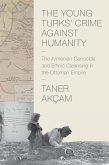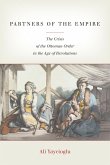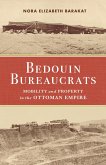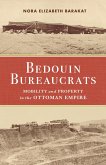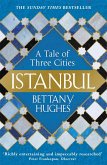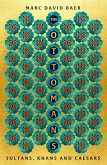"In April 1909, one of the worst massacres of the twentieth century took place in the Ottoman province of Adana. As the hub of the empire's cotton production, it was home to a diverse population of Muslims and Christians. Over the span of two weeks, more than 20,000 Christians, the majority of whom were Armenian, and 2,000 Muslims died. The violence began in the capital city, also called Adana, spread across the province, and poured into the neighboring province of Aleppo. The central Ottoman government failed to prosecute the main culprits, a miscarriage of justice that would have repercussions for years to come. Despite the extent of violence and destruction, the Adana Massacres are often left out of historical narratives. When they are included, it is frequently in service of a particular perspective. With this book, Bedross Der Matossian offers a necessary corrective and more complete telling of the events and their repercussions. Bedross Der Matossian provides an in-depth and nuanced history of the Adana Massacres and their multiple underlying causes. The most important factors leading to these events were the Young Turk Revolution of 1908, the counter-revolution of 1909, and the emergence of public spheres. The public spheres that developed in the post-revolutionary period throughout the Ottoman Empire offered a medium by which people aired their support for or discontent with the new regime and could debate the future of the empire, but also fed ethnic tension and became a vehicle for dissatisfied groups to enact violence. Der Matossian further analyzes the dynamics of the 1909 massacres by concentrating on state and local actors, interest groups, the psychological atmosphere, economic factors, modernization, and urbanization"--


